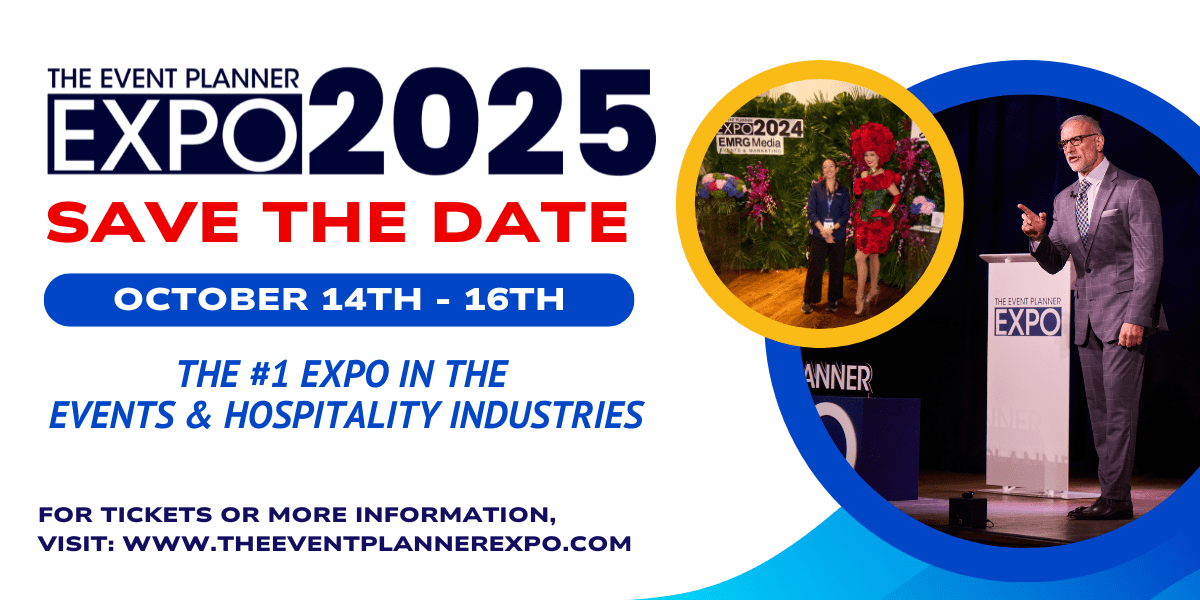Turn One Event Into 10 Leads: How to Create a Marketing Funnel That Starts on the Dance Floor

If you think your job ends when the lights go down, and the DJ packs up, you’re leaving leads on the table. Great event planners throw unforgettable parties (obviously), but they also turn every heartfelt toast and every step on the dance floor into future business.
That’s the power of a smart event marketing funnel. And if you want to grow your client list without doubling your workload, this is your move.
1. Start With the End in Mind
What’s the real goal of your event? Is it to book more clients? Attract sponsors? Grow your email list? The clearer you are about the desired event marketing outcome, the easier it is to design every touchpoint of your event with that in mind.
Your funnel doesn’t start after the event; it starts the moment someone sees your invitation.
2. Bake Engagement Into the Experience
The key to a great funnel? Interaction. And not the boring kind.
Think QR codes on cocktail napkins that link to a hidden landing page with a freebie download. Use a photo booth that grabs emails before snapping the pic and sends them the photos instantly with a follow-up link. Try a digital scavenger hunt that nudges attendees to visit key areas or vendor booths.
Don’t stop at one activation. Layer these touchpoints to keep guests moving, scanning, and opting in without ever feeling like they’re being sold to.
You're hosting a killer party, sure, but you're also building a pipeline.
3. Train Your Team to Funnel Like Pros
Every staff member at your event should know the bigger goal. Whether it’s collecting feedback, pointing people to a signup booth, or just sparking conversations, they’re part of the funnel, too.
Subtle but intentional interactions make a huge difference. A friendly reminder to scan a code, sign up for a giveaway, or check out the follow-up experience? That’s how you create real post-event traction.
4. Capture Content (and Use It Strategically)
Your event is a goldmine for future marketing, so don’t waste it.
Assign someone to collect testimonials on the spot, ideally on video. Hire a photographer with a shot list that includes crowd reactions, speakers in action, and brand activations. Use Instagram Stories to give a behind-the-scenes feel while tagging attendees and vendors.
After the event, turn this content into:
- A recap email with an embedded video
- Social posts that spotlight partners or standout moments
- Lead magnets or case studies you can use in future sales conversations
Don’t let all that energy die once the speakers go quiet. Keep the momentum rolling into your next campaign.
5. Follow Up Like a Human, Not a Bot
Most follow-up emails feel stiff, and your audience can tell. If it doesn’t sound like something you’d actually say out loud, rewrite it.
Send genuine thank-you messages. Share the event recap. Include a real photo, a real story, or a funny moment. Then, offer something useful: a free resource, a special discount, or a link to chat.
6. Use Data to Refine Your Funnel
Once the event wraps, dig into your analytics with purpose. Look at:
- Email open rates – Did your follow-up subject lines hit or flop?
- Click-through rates – Which links got the most attention?
- Landing page conversions – How many visitors actually signed up or booked a call?
- QR code scans – Which in-event activations worked best?
- Lead quality – Who followed up? Who ghosted?
Use this data to adjust your strategy for next time. Maybe your RSVP page needs a simpler form. Maybe your CTA needs to show up earlier in the event flow. The key? Tweak one thing at a time and test it.
Final Thoughts: Don’t Let the Energy Go to Waste
Your event did what it was supposed to: create real, memorable moments. Now, the trick is using that energy to stay on people’s radar before the moment passes.
The smartest planners don’t just host events. They turn those events into momentum, into meetings, and into money.
Want to master the art of the marketing funnel? Get Your VIP Tickets to The Event Planner Expo 2025 and learn from the planners who are doing this at scale, every single day.
